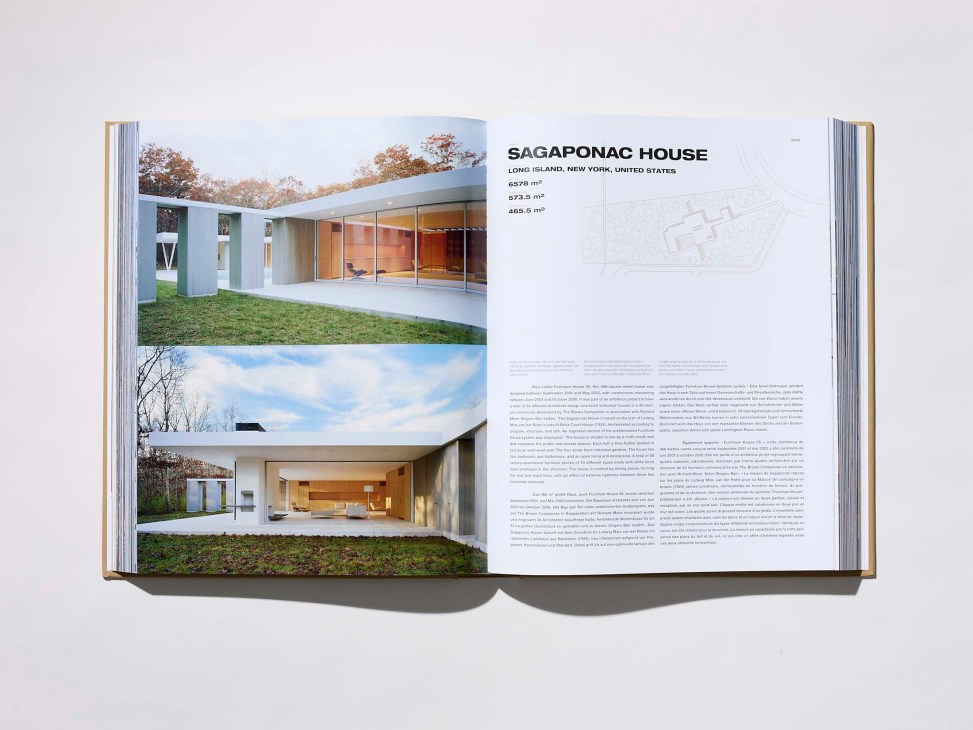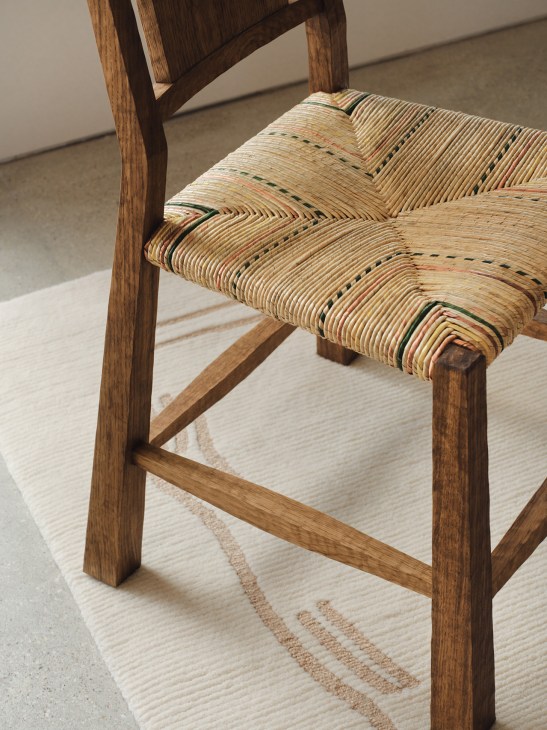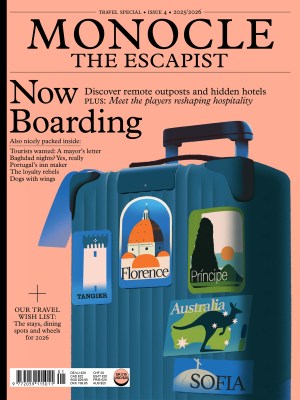Design agenda: A Shigeru Ban monograph, Buenos Aires’s colourful regeneration and more
Shigeru Ban: Complete Works 1985 – Today (published by Taschen) celebrates the work of one of Japan’s best-known contemporary architects. Ban studied in the US in the 1970s and 1980s, where he was influenced by American modernism. His first large-scale international work was the Centre Pompidou-Metz in northeast France, which opened in 2010 and was modelled on a Chinese bamboo-woven hat; others, such as the timber-clad Swatch/Omega Campus in Switzerland, soon followed.


Remarkable is Ban’s ingenious exploration of materials, such as the use of rigid paper tubes as structural elements. He has employed them in the creation of emergency structures in times of ecological or manmade crises, from Fukushima to Ukraine. “Designing temporary housing for disaster relief has become as integral and meaningful to my work as creating museums or high-end residential projects,” says the architect, whose work was recognised with a Pritzker Prize in 2014. This hefty tome is appropriately sized for such an important living architect.
taschen.com
Architecture: Paris
Q&A
Past and present
Pierre-Yves Rochon
Architect
For more than 45 years, French designer Pierre-Yves Rochon has been bringing timeless elegance to the interiors of clients such as Waldorf Astoria and chef Alain Ducasse. At this year’s Salone del Mobile furniture fair in Milan, he is presenting “Villa Héritage”, an installation distilling his decades of experience and taste-making.

How do you approach heritage in your designs?
I try not to be influenced by trends, which are just moments when the majority thinks the same thing. But heritage is different. It’s not nostalgia. It allows you to choose influences that speak to your sensibility.
Can you tell us about your installation, ‘Villa Héritage’?
The idea is to show just how well different periods of Italian architecture and interior design, as represented by a selection of Salone’s exhibitors, can exist together. We combined their most beautiful creations with the goal of creating an experience in which light, texture and sound come together to create emotion.
What do you hope visitors will take away from it?
I hope that people will reflect on the idea of transmission, of how the past informs the present and allows us to imagine the future.
For more news on Salone del Mobile, pick up a copy of Monocle’s dedicated newspaper, ‘Salone del Mobile Special’, available to purchase at The Monocle Shop or to read online here.
Furniture: Paris
Room service

Interior designers frequently design bespoke wares for clients but it’s rare that such pieces are put into industrial production. Thankfully, one of France’s most celebrated designers, Pierre Yovanovitch – whose work spans furniture, lighting and interiors – bucks the trend.
Visitors to his Paris gallery are able to peruse his 2025 collection, with highlights including the Eze Chair, which has tapered legs and an earthy rattan seat; and the Daniel Armchair, with rounded arms that resemble gently worn river stones. To give visitors a sense of how the works might fit into their own home, the gallery-like space – a former fashion atelier, redesigned by architect Jean Nouvel – is filled with a selection of contemporary art lit by an overhead atrium.
pierreyovanovitch.com
Urbanism: Buenos Aires
District Champions
Playón de Chacarita, a neighbourhood in Buenos Aires, has been given a facelift at the behest and under the direction of its residents. Argentinian design firm Región Austral worked with the community to identify quick urbanism fixes as part of an initiative named Playón Red. “Urban design must always respond to the needs and aspirations of residents,” says Soledad Patiño, co-founder of Región Austral. “They hold invaluable knowledge about their territory, providing insights that external professionals could never fully grasp.”

In Playón de Chacarita, those insights included a need for security, space for sports and cultural activities, and the addressing of environmental and sustainability concerns. To respond to this, the studio identified appropriate sites to create a passage-like courtyard between homes, a pocket park that doubles as a rain garden to offset flooding, and a sports court splashed with colour. According to fellow Región Austral co-founder Stefano Romagnoli, sometimes the simplest fixes are the ones to turn to. “In many of our projects, we have used vibrant hues to reinforce local identity and create visual landmarks,” says Romagnoli. “Colour goes beyond aesthetics; it fosters a sense of belonging.”
regionaustral.com


